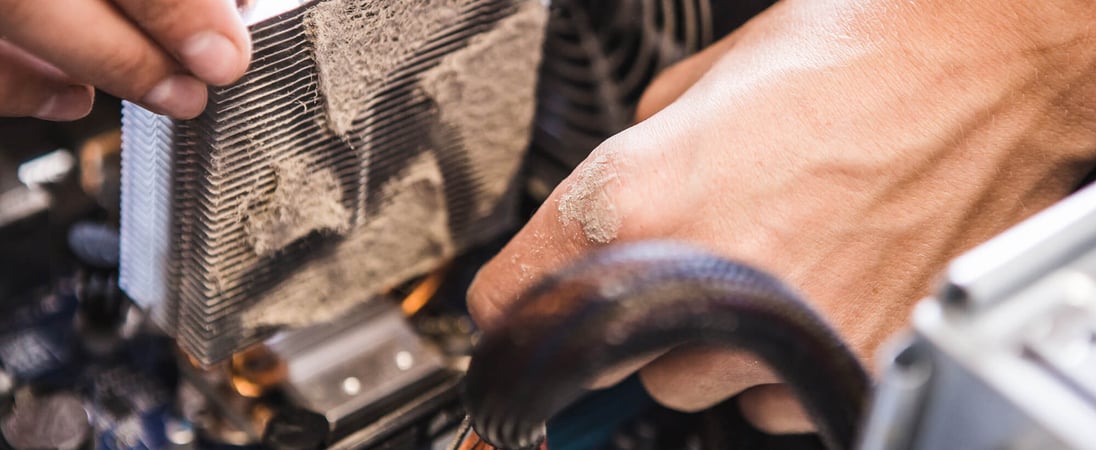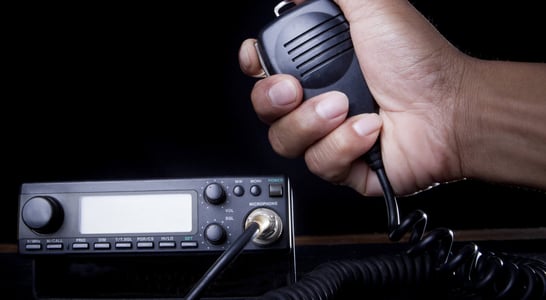
National Clean Up Your Computer Month
Giving your trusty machine a little TLC by banishing the sneaky dust bunnies, ensuring it purrs along smoothly without missing a beat.
Computers – we have all had to deal with them one way or another. From video games to social media, these technological creations also come with an important note. If we want to keep our computers running at optimum capacity, we have to keep them clean.
Both the components and the internal memory have to be cleaned regularly if we want our machines to operate properly. So, on that note, let us look into the ideals of National Clean Up Your Computer Month!
How to Celebrate National Clean Up Your Computer Month
The best way to get started celebrating this day is to get prepared with the necessary tools, whether physical cleaning tools or defragmenting programs. Those who aren’t sure about how to clean their own computers might consider taking theirs to an expert to have them uninstall any unused, unnecessary programs.
This is also a great time to organize files, bookmarks, folders and more, clearing out the old and making room for the new!
Plus, to keep your computer in the best shape, it’s important to always keep it protected with anti-virus software, malware and more.
History of National Clean Up Your Computer Month
National Clean Up Your Computer Month was started in 1988 by the Institute of Electrical and Electronics Engineers (IEEE). The event was founded with the purpose of encouraging people to get a fresh start on their year by making sure their computers are tidy, cleaned up and ready to run smoothly for the coming months!
History of Computers
The first substantial computer was the giant ENIAC machine, created by John W. Mauchly and J. Presper Eckert at the University of Pennsylvania. ENIAC (Electrical Numerical Integrator and Calculator) used a word of 10 decimal digits instead of binary ones like previous calculators/computers. ENIAC was also the first machine to use more than 2,000 vacuum tubes, using nearly 18,000 vacuum tubes instead.
Storage in those vacuum tubes require the machinery to keep cool, taking up over 167 square meters (1800 square feet) of floor space. Nonetheless, it had punched-card input and output. It also arithmetically had 1 multiplier, 1 divider-square rooter, and 20 adders employing decimal “ring counters,” which served as adders and quick-access (0.0002 seconds) read-write register storage. ENIAC was productively used from 1946 to 1955. The 1960’s saw large mainframe computers become more common in large industries, the US military, and space program. IBM became the unquestioned market leader in selling these large, expensive, error-prone, and very hard to use machines.
A veritable explosion of personal computers occurred in the early 1970s, starting with Steve Jobs and Steve Wozniak exhibiting the first Apple II at the first West Coast Computer Faire in San Francisco. The Apple II boasted built-in BASIC programming language, color graphics, and a 4,100 character memory for only $1,298. Programs and data could be stored on an everyday audio-cassette recorder. Before the end of the fair, Wozniak and Jobs had secured 300 orders for the Apple II and from there Apple took off.
Also introduced in 1977 was the TRS-80. This was a home computer manufactured by Tandy Radio Shack. In its second incarnation, the TRS-80 Model II, came complete with a 64,000 character memory and a disk drive to store programs and data on. At this time, only Apple and TRS had machines with disk drives. With the introduction of the disk drive, personal computer applications took off as a floppy disk was a most convenient publishing medium for distribution of software.
IBM, which up to this time had been producing mainframes and minicomputers for medium to large-sized businesses, decided that it had to get into the act and started working on the Acorn, which would later be called the IBM PC. The PC was the first computer designed for the home market which would feature modular design so that pieces could easily be added to the architecture.
Most of the components surprisingly came from outside of IBM, since building it with IBM parts would have cost too much for the home computer market. When it was introduced, the PC came with a 16,000 character memory, keyboard from an IBM electric typewriter, and a connection for tape cassette player for $1,265.
By 1984, Apple and IBM had come out with new models. Apple released the first generation Macintosh, which was the first computer to come with a graphical user interface(GUI) and a mouse. The GUI made the machine much more attractive to home computer users because it was easy to use.
Sales of the Macintosh soared like nothing ever seen before. IBM was hot on Apple’s tail and released the 286-AT, which with applications like Lotus 1-2-3, a spreadsheet, and Microsoft Word, quickly became the favorite of business concerns.
Now people have their own personal graphics workstations and powerful home computers. The average computer a person might have in their home is more powerful by several orders of magnitude than a machine like ENIAC. The computer revolution has been the fastest growing technology in history.
Also in ...
View all holidaysPolar Bear Plunge Day
Taking a chilly plunge, all for a noble cause — uniting people in a frozen adventure to support those in need.
National Bloody Mary Day
Start your morning with a refreshing tomato juice and vodka cocktail, swap in different spirits or pair with crackers, olives and cheese.
Global Family Day
Each year, Global Family Day comes with opportunities to celebrate the importance of the family unit as a building block for a better tomorrow.
National Hangover Day
Spare a moment for anyone who has ever been to a New Year’s Eve party and had a bit too much to drink...
We think you may also like...
International Marconi Day
This 24-hour amateur radio event honors the legacy of Italian radio pioneer Guglielmo Marconi, for whom its named. Join the network to get involved!
Color TV Day
Host a TV or movie watching marathon and work your way through different eras to see how color TV has developed, improved and changed over time.








